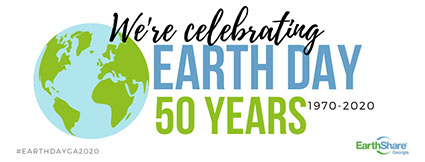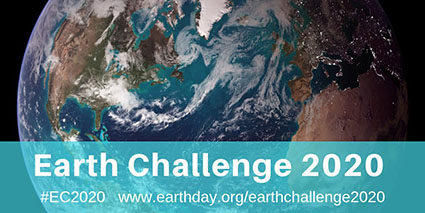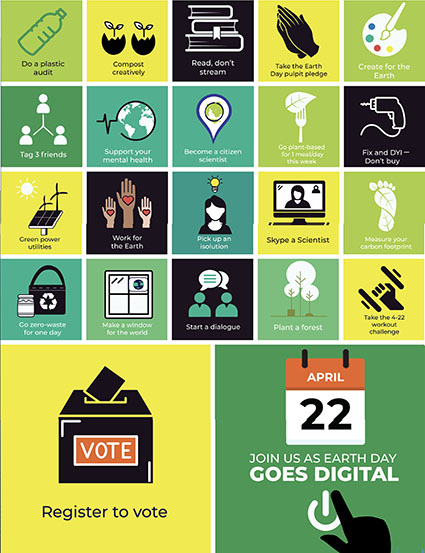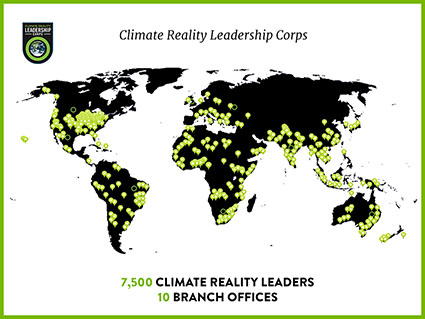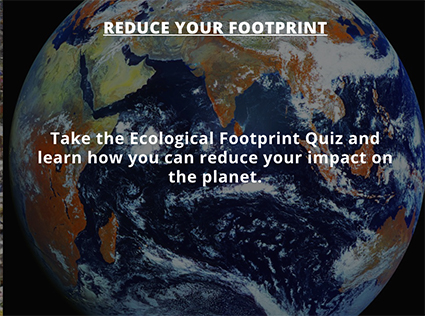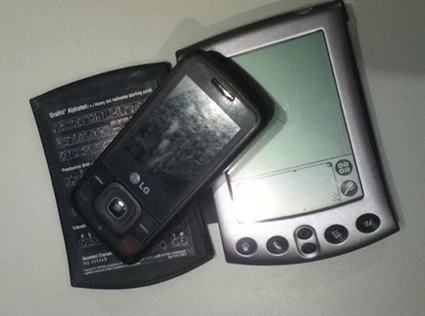
Be more green!
You can make a difference today!
Make many small changes to make one big change!
And you’ll save a lot!
Take action now!
Here’s one idea.
Recycle your Old Cell Phones
We have all heard the call to recycle our old cell phones. We have heard that doing so can save us energy, resources and keep dangerous materials such as like lead, mercury, cadmium, brominate flame retardants and arsenic out of landfills and ultimately our precious groundwater.
The fact are staggering. According to the U.S. Environmental Protection Agency (EPA), Americans discard 125 million phones each year, creating 65,000 tons of waste. With the average person in North America changing out their cell phone every 18-24 months, the waste generate from these upgrades have caused cell phone waste to become the fastest growing segment of manufactured garbage in the nation. Sadly, only about 10 percent of the cell phones used in the United States are recycled. If Americans recycled all of the 130 million cell phones that are tossed aside annually in the United States, we could save enough energy to power more than 24,000 homes for a year.
There are several ways to recycle our old phones. One is reuse. The market for refurbished cell phones has grow over the last few decades. Many organization reuse this old equipment for help with their charity and safety programs. Other markets reach out to smaller developing countries to provide phones where they would be otherwise unaffordable.
Cell phones are filled with valuable reusable materials all of which can be recovered and reused to make new products. For every one million cell phones recycled, we can recover 75 pounds of gold, 772 pounds of silver, 33 pounds of palladium, and 35,274 pounds of copper; cell phones also contain tin, zinc and platinum. Many of these metals when reclaimed from old phones can be reused in jewelry making, electronics and auto manufacturing. This reclamation saves valuable resources and rescues these metals from landfills.
When the rechargeable cell phone batteries are no longer able to be reused they are able to be recycled to make other rechargeable battery products. The overall recycling of just one cell phone saves enough energy to power a laptop for 44 hours and recycling one million cell phones could save enough energy to provide electricity to 185 U.S. households for a year.
The next time you upgrade to a new cell phone, think before throwing your old one away or tossing it into a drawer. The area for recycling and reuse of these old phones is growing every year. Answer the call and recycle!
Find more resources that will help you take action now here.
Find environmental organizations to support here.
